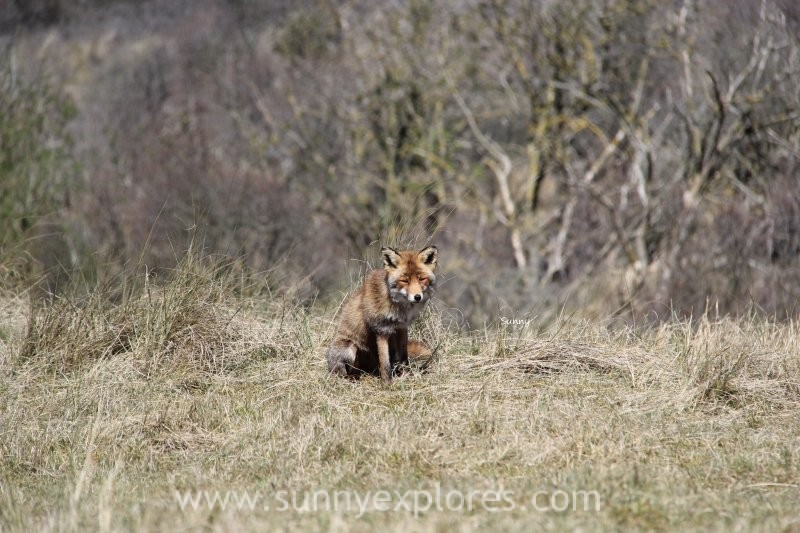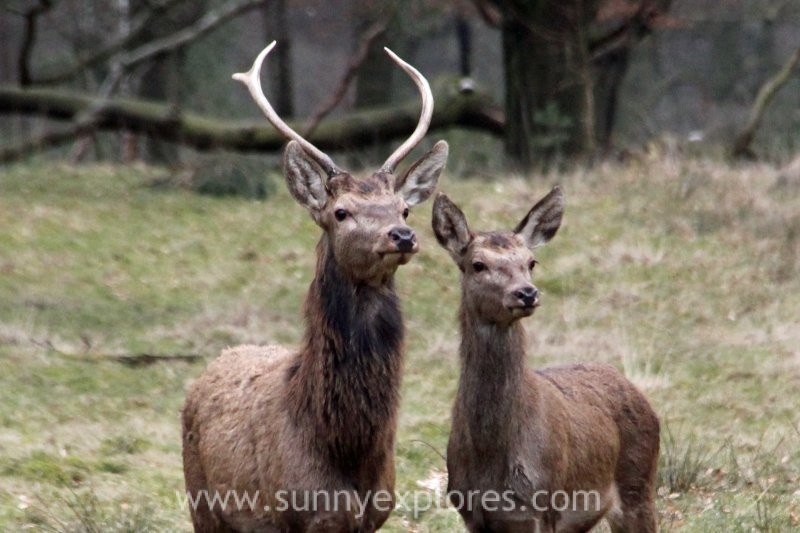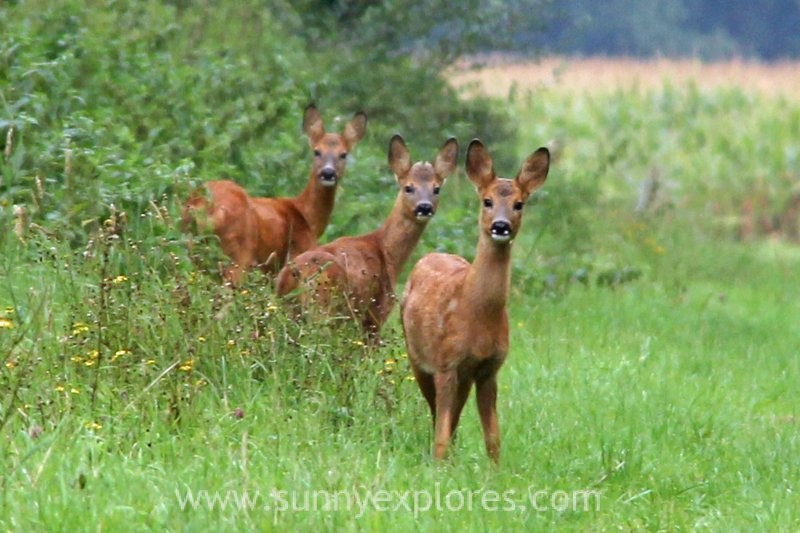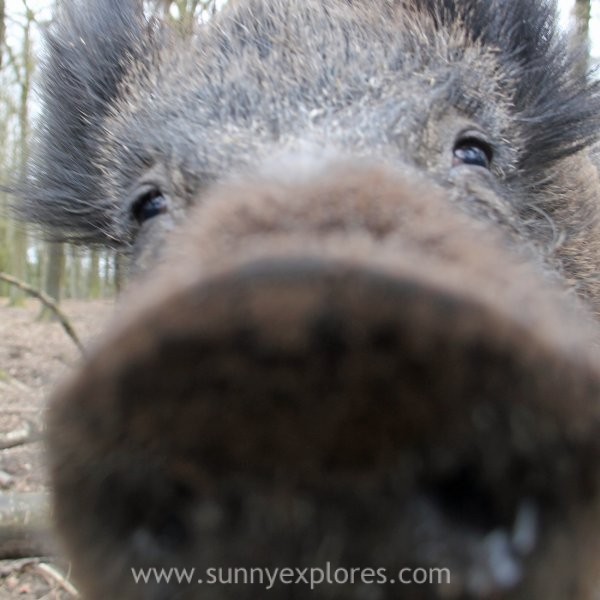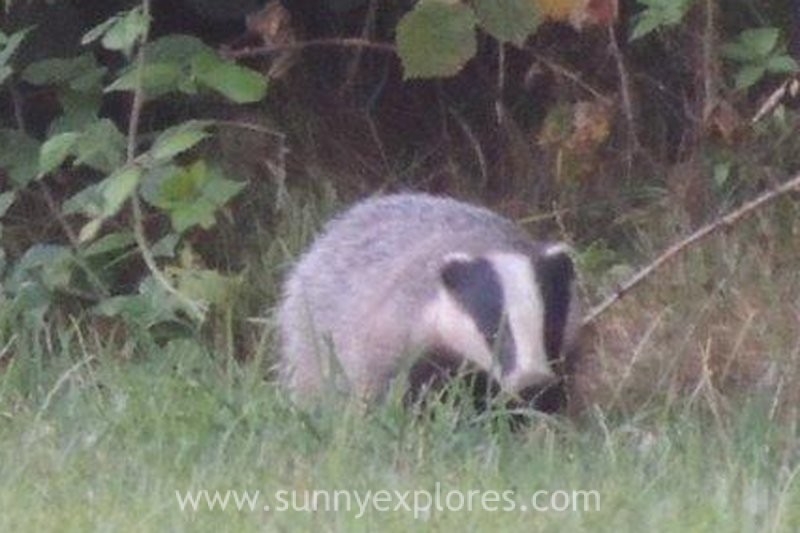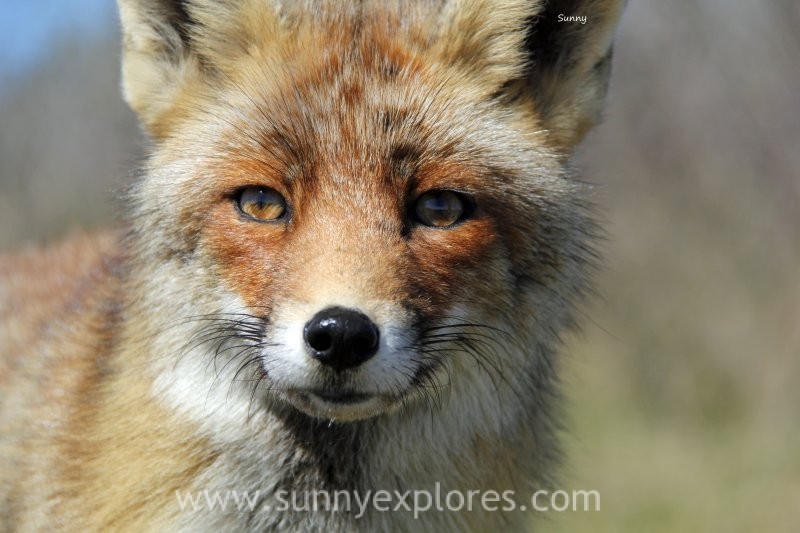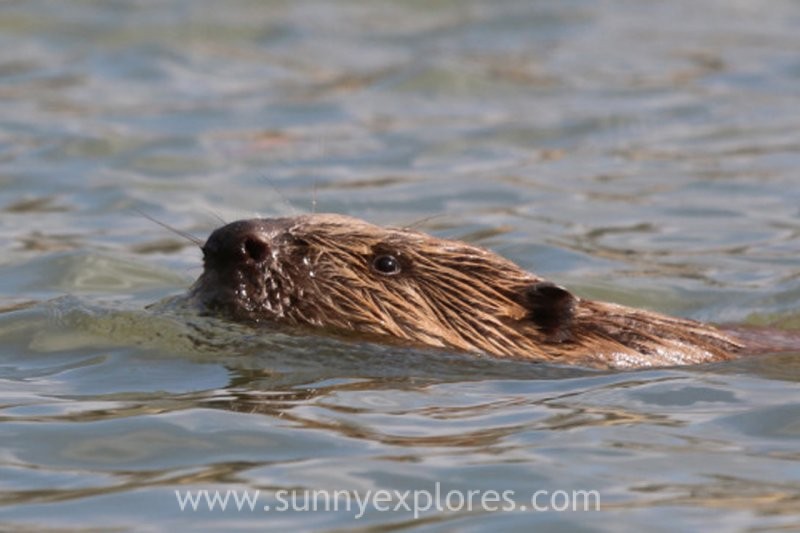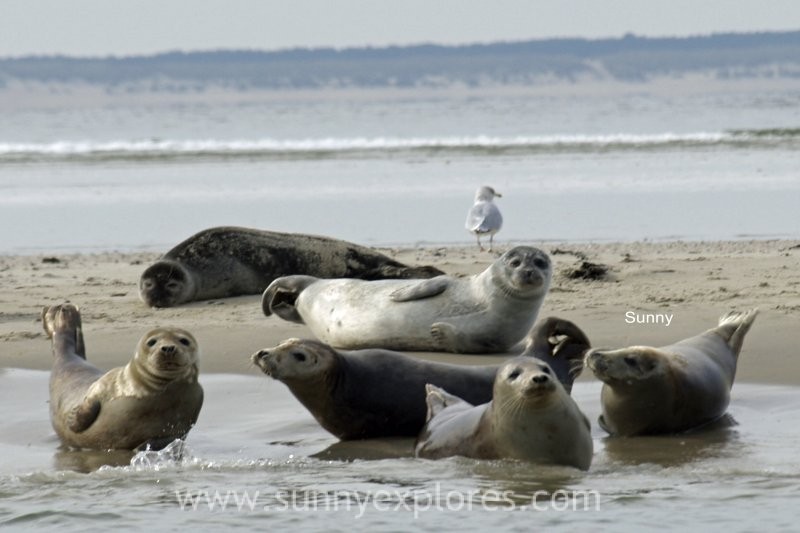Wildlife watching: a quest for the Dutch ‘Big Five’
July 25, 2018
On safari in Africa you would prefer to see all large wild animals up close. The five largest animals, the lion, leopard, elephant, buffalo and rhino are called the ‘Big Five’. Of course these animals do not occur in the Netherlands in the wild. Nevertheless, our own large animals are doing very well thanks to nature conservation. So also in the Netherlands you can have your own ‘Big Five’ quest.
Red deer
The red deer is the largest wild animal in the Netherlands. In the past only nobles were allowed to hunt the deer, hence the name ‘noble deer’. Especially in autumn, in the twilight at sunrise or sunset, you have a chance to spot these noble, but shy, animals. It’s great to go out in the twilight to hear the burling red deer. Good places to meet these animals are the Veluwe and Oostervaardersplassen.
Roe deer
You can spot roe deer in all Dutch provinces. Deers have a visibility of 300 degrees and they can smell up to 300 to 400 meters. Because of this, and thanks to their camouflage, they are quite difficult to spot up close. The best areas to search for roe deers are The Dutch Dunes in Noordwijk, de Hondsrug en the Salland Hillside. But I also see them often in Lage Vuursche.
Wild boar
In 1826 the wild boar was officially extinct in the Netherlands, but nowadays this animal has made a great comeback. Boar are real omnivores. They dig in the earth in search of tubers, roots, grass, fruit and nuts but also insects, mice and young rabbits are on the menu. Wild boars can mainly be seen on the Veluwe and in the forests of Brabant and Limburg.
Badger
It’s not the best photo, not really travelblog quality, but this badger at evening dusk is the only one I ever encountered. These animals are really difficult to spot. With a length of about 65 till 80 centimeters, the badger is the largest land predator in the Netherlands. A badger weighs twelve kilos on average and can live up to 15 years old. A family lives together in a burrow,also called sett. In the winter, the badgers keep calm and stay mainly underground. The Netherlands have about 4000 badgers, which mainly live on the Veluwe and in Limburg, although they also occur in Friesland, Drenthe and Overijssel, but they are shy and difficult to see.
Fox
The fox has been hunted a lot for a long time. Nowadays they can been seen in the south and east of the Netherlands and in the dune area of North Holland. Measured from tail to head, the fox is about 60 to 85 centimeters long. The animal is about 35 to 40 centimeters high and weighs around 6 kilos on average. They eat mice, birds and rabbits, but also insects and fruit.
Not listed as the ‘Dutch Big Five’ are the seal and the beaver. Nevertheless, quests for these impressive animals are really worthwhile. Quests like these will take you to the most beautiful Dutch nature.
Beaver
In 1826 the last Dutch beaver was killed when hunters mistook it for an otter. This ended a more then thousands of years of presence of the beaver in the Netherlands. In the late 1980s and early 1990s, 42 beavers were captured along the Elbe in former East Germany and set free in the Dutch Biesbosch. The beaver currently has spread across most Dutch provinces. The best places to see beavers are the Biesbosch, the Millingerwaard and the Almeerderhout.
Seal
For me a visit to the Dutch Waddenislands equals a seal watching boat trip. Seals live in the Waddensea, but also in the province Zeeland, including the Grevelingen, the eastern and western Schelde. You can even spot seals in the busy Rotterdam harbor. Seals can live well in brackish or fresh water if there is enough fish to catch. In the past, seals often swam up the rivers. Nowadays most rivers are closed off by flood defenses, so seals disappeared from the inland waters. So take a trip to one of the Dutch islands to enjoy sand, sea and seals.
As you can see, you don’t need to travel far to have amazing animal encounters!
